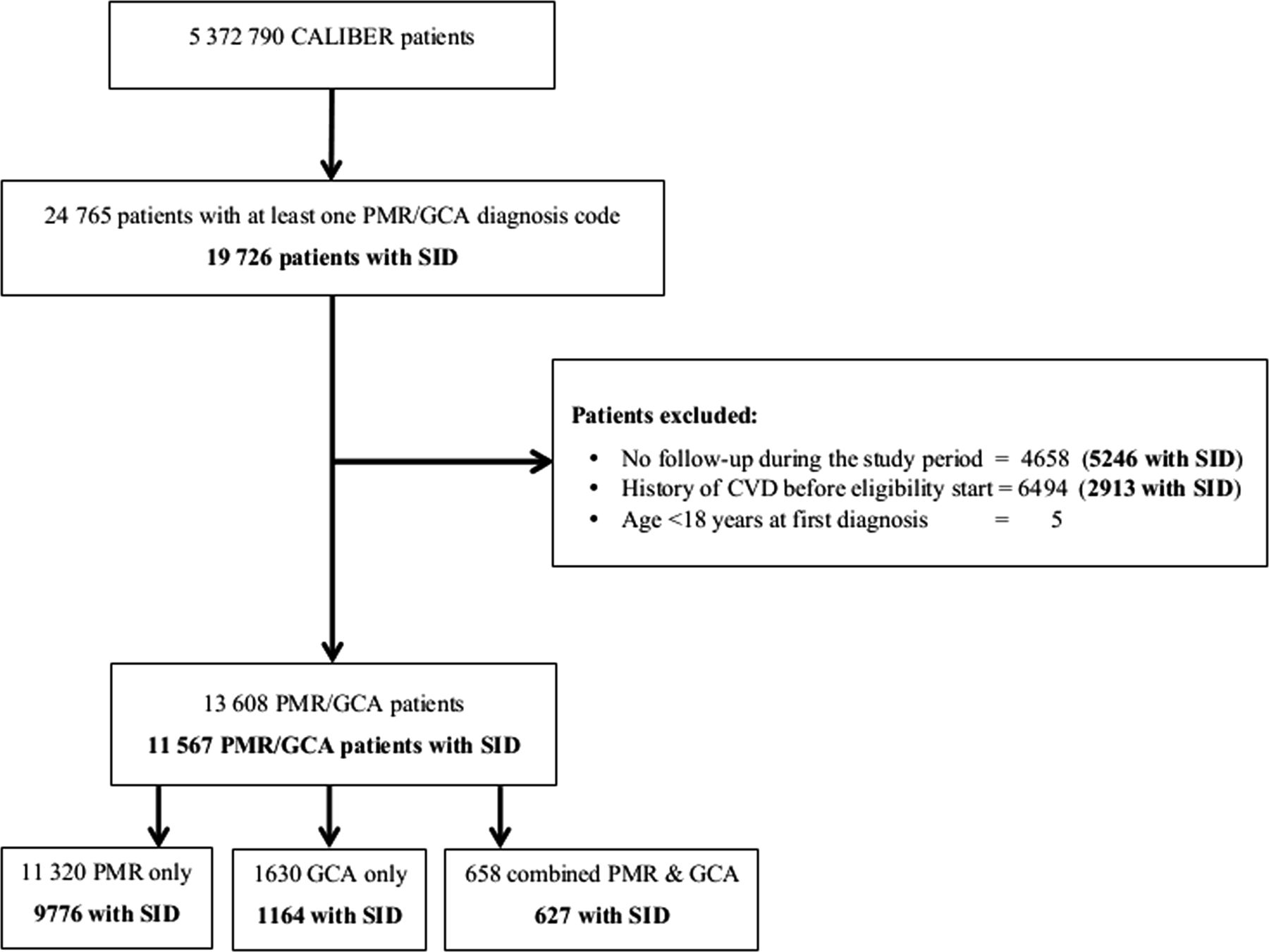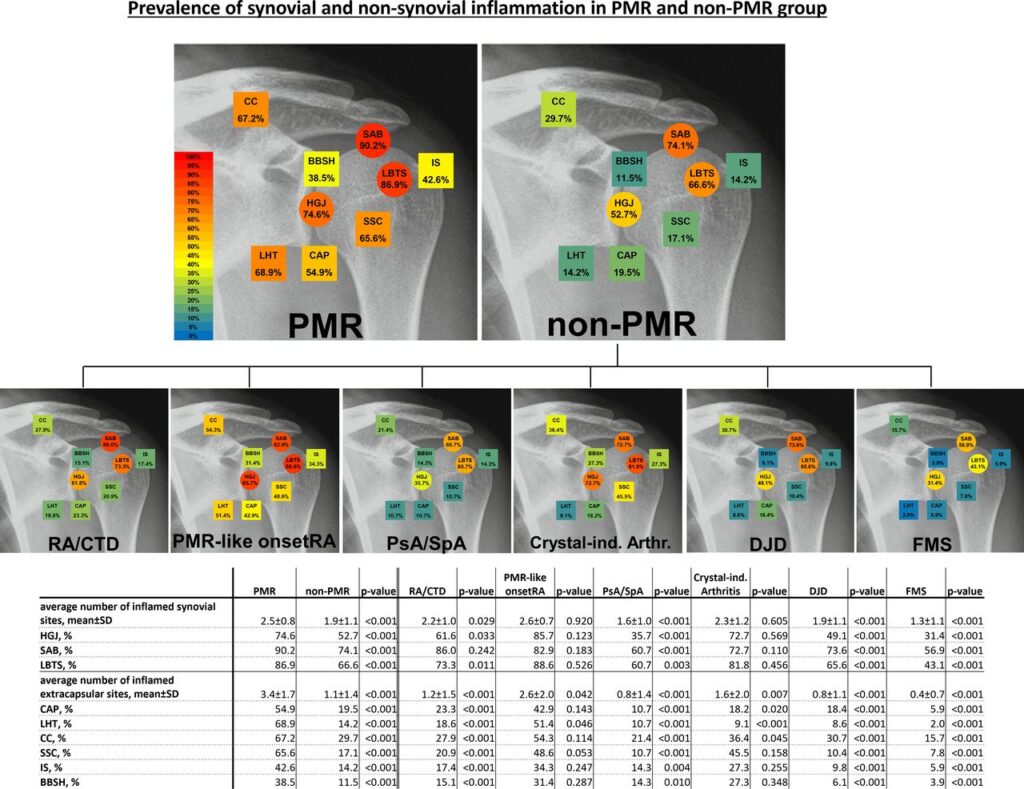Polymyalgia Rheumatica, often abbreviated as PMR, is a chronic inflammatory condition that primarily affects older adults. It is characterized by muscle pain and stiffness, particularly in the shoulders, neck, and hips. This guide aims to provide a comprehensive understanding of this condition, its symptoms, causes, diagnosis, treatment options, and how it impacts daily life.

What Is Polymyalgia Rheumatica?
Polymyalgia Rheumatica is an inflammatory disorder that typically occurs in people over the age of 50. The hallmark symptoms include severe pain and stiffness in the muscles, especially in the shoulders, upper arms, neck, and pelvic region. These symptoms often develop quickly, sometimes within a few days or weeks, and can significantly affect a person’s ability to perform everyday activities.
The exact cause of this condition remains unknown, but researchers believe it may be linked to an abnormal immune response. It is also more common in individuals of Northern European descent, suggesting a possible genetic component.
Symptoms of Polymyalgia Rheumatica
The symptoms of this condition can vary from person to person, but there are some common signs to look out for:
- Muscle Pain and Stiffness: The most prominent symptom is pain and stiffness in the shoulders, neck, upper arms, and hips. This stiffness is often worse in the morning or after periods of inactivity.
- Fatigue: Many individuals with this condition experience extreme tiredness, which can make daily tasks feel overwhelming.
- Limited Range of Motion: Due to the stiffness and pain, moving certain parts of the body can become difficult, affecting mobility and flexibility.
- Mild Fever and Weight Loss: Some people may experience low-grade fevers or unintentional weight loss, which are less common but still notable symptoms.
How Is Polymyalgia Rheumatica Diagnosed?
Diagnosing this condition can be challenging because its symptoms overlap with those of other disorders, such as rheumatoid arthritis or fibromyalgia. However, healthcare providers use a combination of methods to reach a diagnosis:
- Medical History and Physical Examination: The doctor will ask about your symptoms, when they started, and how they have progressed. They will also conduct a physical exam to assess areas of pain and stiffness.
- Blood Tests: Blood tests are crucial in diagnosing this condition. Elevated levels of certain markers, such as C-reactive protein and erythrocyte sedimentation rate, indicate inflammation in the body.
- Imaging Tests: In some cases, imaging tests like ultrasound or magnetic resonance imaging may be used to rule out other conditions and confirm the presence of inflammation in affected areas.
Treatment Options for Polymyalgia Rheumatica
While there is no cure for this condition, treatment focuses on managing symptoms and reducing inflammation. The following approaches are commonly used:
Medications
Medications play a central role in treating this condition:
- Corticosteroids: Prednisone, a type of corticosteroid, is the most commonly prescribed medication. It helps reduce inflammation and relieve pain and stiffness. However, long-term use of corticosteroids can lead to side effects, so doctors aim to taper the dosage over time.
- Methotrexate: For individuals who require prolonged treatment, methotrexate may be added to reduce the need for high doses of corticosteroids.
Lifestyle Modifications
In addition to medications, making certain lifestyle changes can help manage symptoms:
- Exercise: Gentle exercises like walking, swimming, or yoga can improve flexibility and reduce stiffness. Physical therapy may also be recommended to maintain muscle strength and mobility.
- Diet: Eating a balanced diet rich in anti-inflammatory foods, such as fruits, vegetables, whole grains, and omega-3 fatty acids, can support overall health and potentially reduce inflammation.
- Rest: Adequate rest is essential, especially during flare-ups, to allow the body to recover and heal.
Complications Associated With Polymyalgia Rheumatica
If left untreated, this condition can lead to complications that affect other parts of the body:
- Giant Cell Arteritis: This is a serious condition that can occur alongside this inflammatory disorder. It involves inflammation of the arteries, particularly those in the head, and can lead to vision problems or even blindness if not treated promptly.
- Osteoporosis: Long-term use of corticosteroids can weaken bones, increasing the risk of fractures.
- Mental Health Challenges: Chronic pain and fatigue can contribute to feelings of depression or anxiety, impacting overall well-being.
Living With Polymyalgia Rheumatica
Managing this condition requires patience and a proactive approach. Here are some tips for living well with this inflammatory disorder:
- Stay Informed: Educate yourself about the condition and stay updated on new treatments or research findings.
- Communicate With Your Doctor: Regular check-ins with your healthcare provider are essential to monitor your progress and adjust treatment plans as needed.
- Seek Support: Joining a support group or connecting with others who have the same condition can provide emotional support and practical advice.
Prevention and Outlook
Since the exact cause of this condition is unknown, there is no definitive way to prevent it. However, maintaining a healthy lifestyle, managing stress, and staying active may help reduce the risk of developing inflammatory disorders.
The outlook for individuals with this condition is generally positive with proper treatment. Most people experience significant improvement in their symptoms within a few weeks of starting medication. While some may require long-term treatment, many are able to taper off medications completely after a year or two.
Final Thoughts
Understanding this inflammatory disorder is the first step toward managing it effectively. By working closely with healthcare providers, adopting healthy habits, and seeking support when needed, individuals can lead fulfilling lives despite the challenges posed by this condition.





